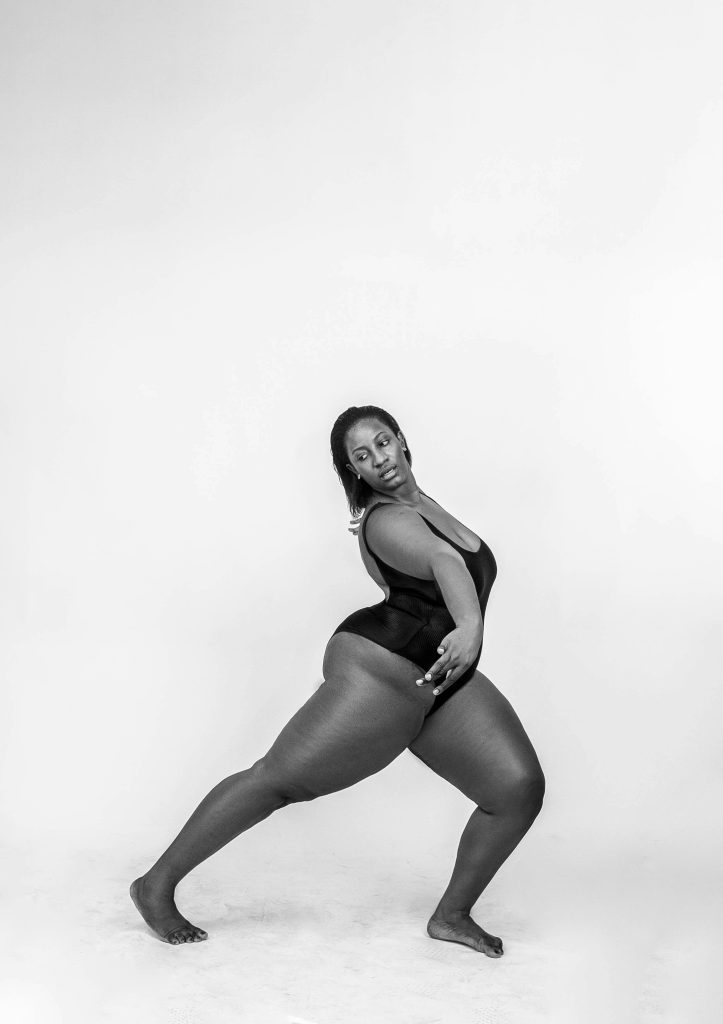The Small Problem with Body Positivity: A Closer Look at the Movement’s Challenges
The body positivity movement has reshaped how society views beauty and self-worth, celebrating all body types and challenging narrow beauty standards. At its core, it’s a much-needed shift from the unrealistic ideals that dominate media and culture. However, like any movement, body positivity isn’t without its challenges.
While it has empowered countless individuals to embrace their bodies, some aspects of the movement have raised questions about inclusivity, focus, and practicality. This blog post explores the complexities of body positivity, its achievements, and the small but significant hurdles it must overcome to achieve lasting impact.

What Is Body Positivity?
Body positivity promotes the acceptance of all bodies, regardless of size, shape, skin tone, or physical ability. Its goals include:
- Challenging societal beauty standards.
- Encouraging self-love and self-acceptance.
- Supporting marginalized communities who face discrimination based on appearance.
The movement emerged as a counter to decades of beauty ideals that glorified thinness and excluded diverse representations of bodies.

The Achievements of Body Positivity
Before diving into the challenges, it’s essential to recognize the profound impact body positivity has had:
1. Breaking the Beauty Standard Mold
Body positivity has helped dismantle harmful beauty norms, encouraging brands, media, and influencers to feature diverse body types. This shift has been transformative for many who previously felt unseen or undervalued.
2. Empowering Individuals
Many people have found confidence and self-worth through body positivity, learning to embrace their natural selves without fear of judgment.
3. Shifting Media Narratives
From social media to advertising, the conversation around beauty has evolved to include messages of acceptance and inclusivity. Campaigns featuring models of various sizes and abilities have gained mainstream attention, sparking further dialogue.
4. Reducing Shame and Stigma
The movement has also worked to challenge the stigma surrounding larger bodies, pushing back against fat-shaming and weight-based discrimination.

The Small Problem with Body Positivity
Despite its successes, body positivity isn’t without its flaws. Here are some challenges the movement faces:
1. Unrealistic Pressure to Love Your Body
One of the unintended consequences of body positivity is the pressure it places on individuals to feel confident and beautiful all the time. For those struggling with body image, this can feel like an impossible standard.
While the movement encourages self-love, it can sometimes fail to acknowledge that not everyone will always feel positive about their body—and that’s okay. A more balanced approach might embrace body neutrality, which focuses on respecting and accepting your body without attaching feelings of love or hate to it.

2. Overshadowing Health Conversations
Some critics argue that body positivity, in its effort to promote self-acceptance, occasionally sidelines discussions about physical health. While the movement rightly challenges the idea that thinness equals health, it sometimes overlooks the importance of encouraging healthy behaviors.
A sustainable approach to body positivity would integrate messages about health and wellness without shaming or moralizing weight or appearance.
3. Lack of Intersectionality
Although body positivity aims to be inclusive, it sometimes prioritizes certain narratives over others. For example:
- The movement often focuses on plus-size women, leaving men, nonbinary individuals, and people with disabilities feeling excluded.
- It can also fail to address how race, ethnicity, and socioeconomic status intersect with body image.
True inclusivity requires acknowledging and amplifying these diverse perspectives.
4. Commercialization and Dilution
As body positivity has gained popularity, it has also been co-opted by brands and influencers looking to capitalize on the movement. While representation in media is a step forward, some efforts feel superficial—focused on marketing rather than meaningful change.
For example, brands may feature diverse models in campaigns while continuing to sell products that reinforce beauty standards, such as diet aids or Photoshop-edited imagery.

Navigating the Challenges: How Body Positivity Can Evolve
Addressing the small problems within body positivity doesn’t mean abandoning the movement. Instead, it’s an opportunity to refine its goals and expand its reach.
1. Embrace Body Neutrality
Body neutrality offers an alternative perspective that focuses on what your body can do rather than how it looks. This approach removes the pressure to feel positive about your body at all times and emphasizes functionality and self-care.
For example:
- Instead of focusing on appearance, appreciate that your body allows you to walk, hug loved ones, or experience life’s joys.
- Normalize days when you may not feel great about your body and shift the focus to gratitude or wellness.
2. Integrate Health and Wellness
Promoting health doesn’t have to conflict with body positivity. The movement can incorporate messages about the benefits of balanced nutrition, regular movement, and mental well-being without moralizing weight or size.

3. Prioritize Intersectionality
To be truly inclusive, body positivity must broaden its scope to include:
- Men and nonbinary individuals who face body image challenges.
- People with disabilities, whose bodies are often overlooked or stigmatized.
- Marginalized communities, including those impacted by colorism or cultural beauty standards.
This can be achieved by amplifying diverse voices and addressing the unique struggles these groups face.
4. Push Back Against Commercialization
While media representation is valuable, the movement must remain vigilant against superficial co-opting by brands. Consumers and advocates can:
- Support companies that practice genuine inclusivity, both in representation and in their internal practices.
- Call out instances where body positivity is used as a marketing gimmick rather than a commitment to change.

How You Can Support Body Positivity
Even as the movement evolves, individuals can take steps to promote body positivity in meaningful ways:
1. Be Kind to Yourself
Understand that self-acceptance is a journey, not a destination. Give yourself permission to have bad days and celebrate small victories along the way.
2. Challenge Harmful Narratives
Speak up against fat-shaming, unrealistic beauty standards, and exclusionary practices when you encounter them.
3. Support Diversity
Follow and amplify voices from diverse backgrounds, including people of different sizes, races, genders, and abilities.
4. Advocate for Education
Encourage schools, workplaces, and communities to promote body-positive messages that emphasize self-acceptance and inclusivity.

Conclusion: Moving Toward a More Inclusive Future
Body positivity has undoubtedly sparked important conversations and empowered many to embrace themselves as they are. However, its journey is far from over. By addressing its challenges and evolving into a more inclusive, practical, and nuanced movement, body positivity can continue to inspire change on an even greater scale.
Ultimately, the goal isn’t just to accept all bodies but to create a society where everyone feels valued and respected, no matter how they look. Let’s celebrate the progress we’ve made while striving for a future that truly embodies the spirit of inclusivity and compassion.

💬 Join the Bariradka Transformation Support group on Telegram!
Get exclusive tips, behind-the-scenes content, and chat directly with the author.
➤ Join the Community

